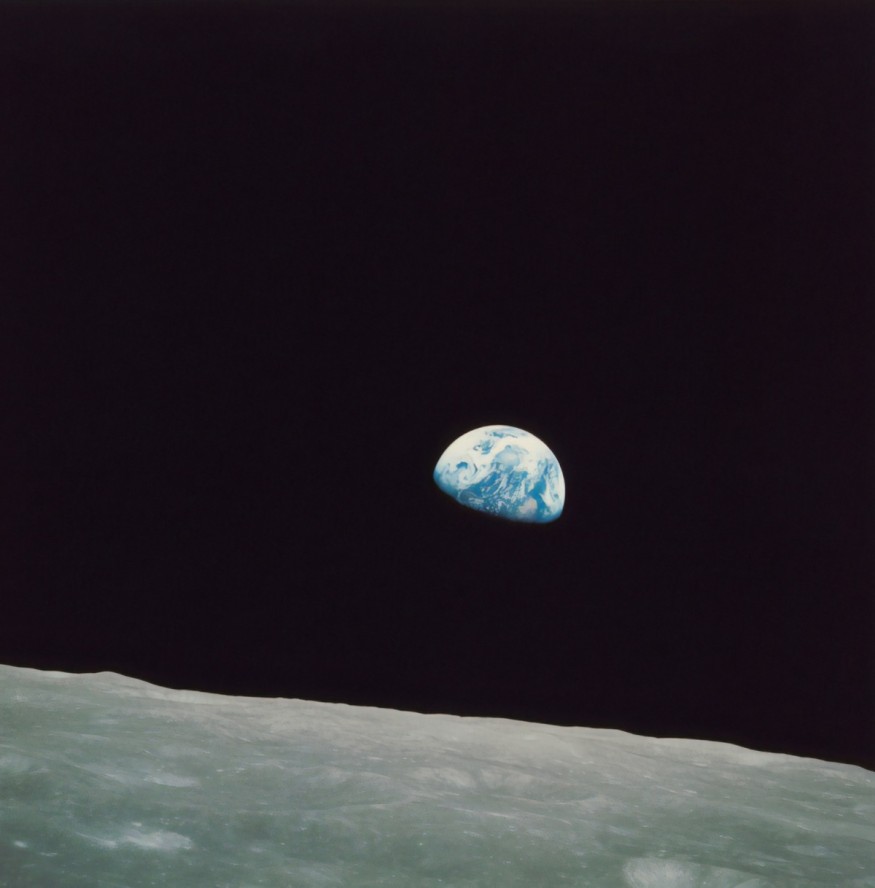Scientists revealed a new theory about the formation of Earth. Before concluding, they thought about three theories, such as the chondritic asteroids, the theory of vaporization, and the planetesimal theory. Of the three, scientists believed that the closest is the planetesimal theory.

Earth photo
Chondritic Asteroid and Theory of Vaporization
Scientists thought the planet was produced from chondritic asteroids, which are relatively small, simple blocks of rock and metal. They believed that these objects formed early on in the solar system. According to NASA, C-type (chondrite) asteroids are among the most ancient objects in the solar system.
However, the issue with the theory is that no mixture of these chondrites can account for the Earth's exact composition, which is significantly deficient in light and volatile elements.
Scientists have proposed various theories to explain this, including the theory of vaporization. The theory proposed that the objects that subsequently became the Earth collided and produced an enormous quantity of heat. The light components were vaporized as a result, leaving the planet with its current composition.
"If the theory of vaporization by heating were correct, we would find fewer of these light isotopes on Earth today than in the original chondrites. But that is precisely what the isotope measurements do not show," said Paolo Sossi, study's lead author and Professor of Experimental Planetology at ETH Zurich.
Planetesimals Form the Planet Earth
Another theory the scientists considered is the planetesimal theory.
It was believed that the solar system's planets were formed with smaller grains. Then it eventually grew into planetesimals.
According to Biological and Environmental Hazards, Risks, and Disasters, planetesimals are bodies of solid materials formed in the earliest planetary nebulae. The materials have grown large enough to start attracting other materials with their gravitational pull.
Planetesimals have been sufficiently heated to separate their metallic core from their rocky mantle. They were also developed in various locations around the sun or at different times. The solid materials can have different chemical compositions.
With such a definition, the scientists wanted to know whether the random combination of different planetesimals could produce an Earth-like composition.
To satisfy the curiosity of the scientists, they performed simulations in which thousands of planetesimals collided in the early solar system. The models were created in a fashion that allowed for the four rocky planet's replication. These planets include Mercury, Venus, Earth, and Mars.
The simulations demonstrate that the Earth's true composition might result from a combination of different planetesimals. In addition, the most statistically probable result of these simulations is the Earth's composition.
Sossi said they expected the result, but they still found it remarkable. He added that they do not only have a mechanism that explained the Earth's formation but also allows them to have a reference behind the formation of rocky planets.
The scientist thought that the mechanism could help the prediction of Mercury's composition and its difference from other rocky planets. It could also aide in understanding how exoplanets were composed.
Sossi was hopeful that the new findings would lead to stronger collaboration between the two domains such as dynamics and chemistry. The result only showed that the domains were both necessary to understand planetary formation better.
The study was published on the Nature Astronomy website.
Read also: Surprising Discovery on Jupiter: Scientists Find Remnants of Baby Planets Swallowed by the Gas Giant
Check out more news and information on Space in Science Times.
© 2026 ScienceTimes.com All rights reserved. Do not reproduce without permission. The window to the world of Science Times.










